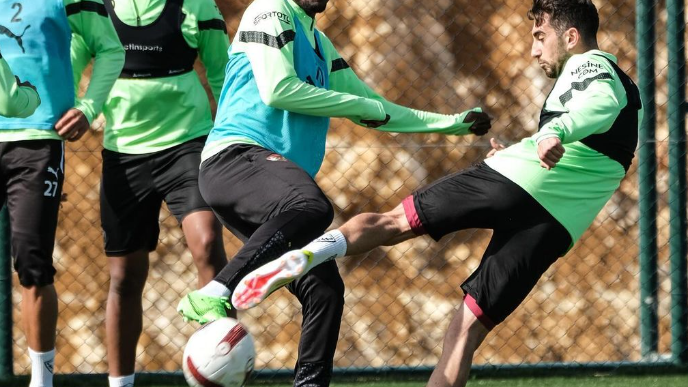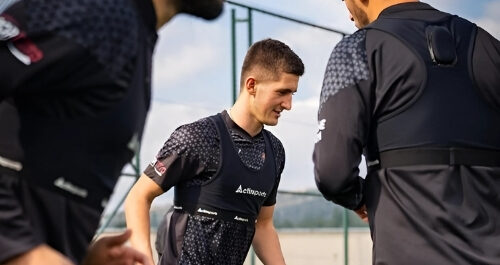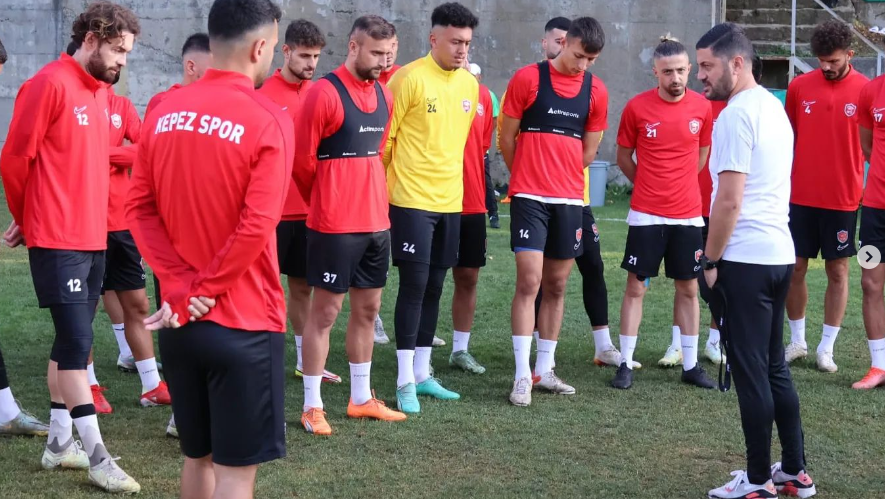Introduction
Non-contact injuries are a major concern in sports, often sidelining athletes for extended periods. Unlike contact-related injuries, these occur without direct physical impact, typically due to poor biomechanics, fatigue, or improper training loads. This guide explores the causes, prevention strategies, and best practices to reduce the risk of non-contact injuries in sports.
Understanding Non-Contact Injuries
Common Non-Contact Injuries:
- Anterior Cruciate Ligament (ACL) Tears – Often caused by sudden stops, changes in direction, or improper landing mechanics.
- Muscle Strains – Overuse, fatigue, and lack of flexibility contribute to strains in hamstrings, quadriceps, and calves.
- Stress Fractures – Repetitive impact and inadequate recovery lead to microfractures in bones.
- Tendinitis – Overuse and excessive workload cause inflammation in tendons, such as Achilles tendinitis.
Key Factors Contributing to Non-Contact Injuries
1. Poor Movement Mechanics
Athletes with improper movement patterns are at higher risk. Weak core stability, improper knee alignment, and lack of neuromuscular control can lead to injuries.
2. Overtraining and Fatigue
Excessive workload without adequate rest increases injury susceptibility. Monitoring training loads using data-driven tools like Acute:Chronic Workload Ratio (ACWR) can help manage fatigue levels.
3. Insufficient Warm-Up and Recovery
Skipping warm-ups or inadequate recovery after training reduces muscle elasticity and increases strain on joints and ligaments.
4. Weak Musculature and Imbalances
Muscle weaknesses or imbalances—such as weak glutes or hamstrings compared to quadriceps—can create excessive strain on joints, leading to injuries.
Prevention Strategies for Non-Contact Injuries
1. Structured Strength and Conditioning
- Focus on lower-body strength to improve stability and reduce stress on joints.
- Incorporate plyometrics to enhance neuromuscular control.
2. Proper Warm-Up and Cool-Down Routines
- Perform dynamic stretching before workouts to improve flexibility.
- Use foam rolling and mobility drills to enhance recovery.
3. Load Management and Monitoring
- Utilize tracking systems to monitor training loads and prevent overuse.
- Implement ACWR principles to ensure progressive training intensity.
4. Biomechanical Training and Injury Prevention Programs
- Train athletes in proper landing, cutting, and deceleration techniques.
- Use video analysis or motion capture systems to assess movement patterns.
5. Hydration, Nutrition, and Sleep
- Proper hydration and nutrition enhance muscle recovery and reduce cramping.
- Ensure 7-9 hours of sleep per night to allow adequate tissue repair.
Conclusion
Preventing non-contact injuries requires a holistic approach that includes strength training, movement correction, and data-driven load management. By addressing biomechanics, recovery, and workload regulation, athletes can significantly reduce their risk of injury and enhance performance longevity.



